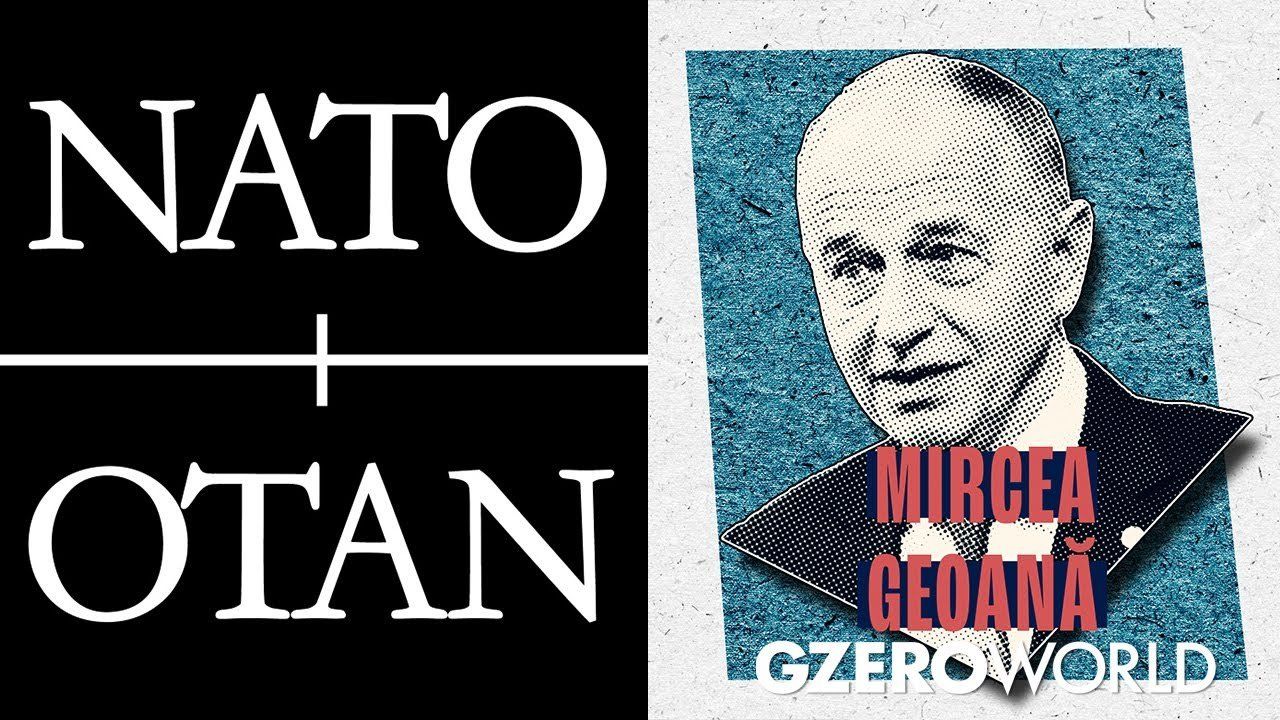
In 2022, NATO got its groove back. Sweden and Finland applied for membership after decades of thinking it was safer to stay neutral. Germany announced a huge increase in defense spending, and walked back their own red line of sending weapons to conflict zones. In 2014, when Russia annexed Crimea, and only 3 of NATO’s then-28 members met the target of spending 2% of GDP on defense. Now, nine countries do, and 19 more have plans to hit 2% by 2024. Still, it’s a hard argument to make as global inflation limits the buying power of those military budgets.
Ian Bremmer spoke with NATO’s Deputy Secretary General Mircea Geoană about the lessons learned during year one of the war and what comes next. Despite the cohesion, there’s tension brewing: NATO members have very different ideas about how far to go in supporting Ukraine; they blame each other for delays in weapon deliveries; And Turkey, of course, still holding up Finland and Sweden’s membership; no to mention there’s a limit to global trust and information sharing.
Watch the interview on this week's episode of "GZERO World with Ian Bremmer," airing on US public television stations nationwide. Check your local listings.
- What We’re Watching: NATO members’ defense budgets, Social Security as a political weapon, China’s support for Sri Lanka ›
- Russian cyber attack could trigger NATO’s Article 5, warns NATO Deputy Secretary General ›
- As Russia balks, NATO might gain two strong Nordic recruits ›
- Should NATO embrace Ukraine? ›
- Why neither NATO nor Russia wants to escalate war in Ukraine - GZERO Media ›
- War in Ukraine heading to "violent" new phase, warns NATO's Mircea Geoană - GZERO Media ›
- Ian Explains: how NATO got its groove back - GZERO Media ›